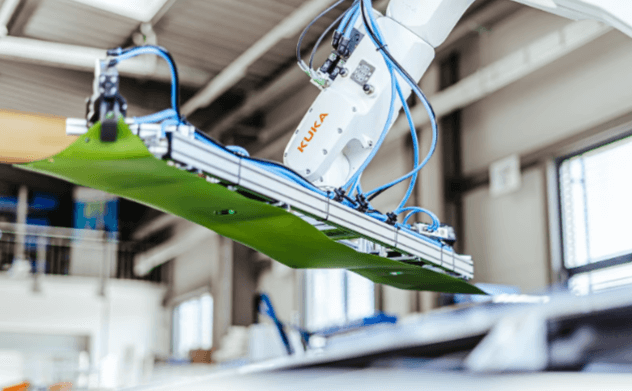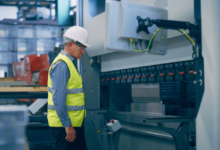How Liquid Handling Robots and Mobile Tech Are Changing the Research Workspace

The integration of liquid handling robots and mobile technology may seem novel. But it has indeed reshaped the research environment in an innovative fashion. In addition to that, this innovation has redefined how research is conducted, improving data management and faster scientific discoveries.
Providing automated precision and speed
Managing liquids with high precision in different research applications is how liquid handling robots work. This enables the automation of routine tasks like mixing and pipetting as well as transferring samples. All in all, they can reduce errors and improve experimental consistency while freeing up researcher’s time.
Enabling flexibility and connectivity
Real-time access to data and greater flexibility make mobile technology more essential in the laboratory setting. This can be experienced with the use of mobile devices and specialized apps, which enable the transformation of the research environment. Thus, they can help researchers monitor and control experiments remotely.
Combining for a better research workspace
The combination of both technologies enables to make research environments more responsive and efficient with respect to the demands of modern scientific research. They work in conjunction to provide better research outcomes and to fulfill the following benefits.
Remote control of robotic systems
Mobile tech enables researchers to have control over liquid handling robots from a remote location. Consequently, they are able to maximize the productivity of robotic systems due to the fact that experiments run smoothly outside of standard working hours.
Automated data collection and analysis
These robots can generate huge amounts of data during experiments, including environmental conditions maintained or volumes dispensed. As a result of mobile technology advancements, it can make data easily analyzable and accessible while on the go. Thus, you may be able to determine potential issues and to adjust robotic protocols whenever necessary.
Flawless workflow management
This new technology can also facilitate end-to-end workflows in a brilliant way. So, researchers can monitor samples more effectively. Moreover, the results can also get analyzed remotely, thanks to this essential combination of robotic automation with mobile connectivity.
Therefore, this integration will allow researchers to manage multiple stages of complex experiments, although they are not on site. As a result, it can create a continuous and adaptive research environment.
Boosting research efficiency and innovation
The combination of these technologies has a great impact on the way research is done. That is because of the creation of more innovative and efficient workspaces. In fact, this can evolve even further by making research laboratories more connected and smart.
More importantly, it offers reduced costs and conservation of resources. In other words, combining this with mobile monitoring will enable researchers to avoid wasting precious time and materials on poorly managed experiments.
Furthermore, it may also lead to the integration of artificial intelligence (AI) that will result in enhanced capabilities of liquid handling robotics. The advancement of mobile technology could also serve as an interface for AI-driven analysis. This provides researchers with predictive insights and recommendations to maximize their workflows.
Furthermore, it may also lead to the integration of artificial intelligence (AI) that will result in enhanced capabilities of liquid handling robotics. The advancement of mobile technology could also serve as an interface for AI-driven analysis. This provides researchers with predictive insights and recommendations to maximize their workflows.






